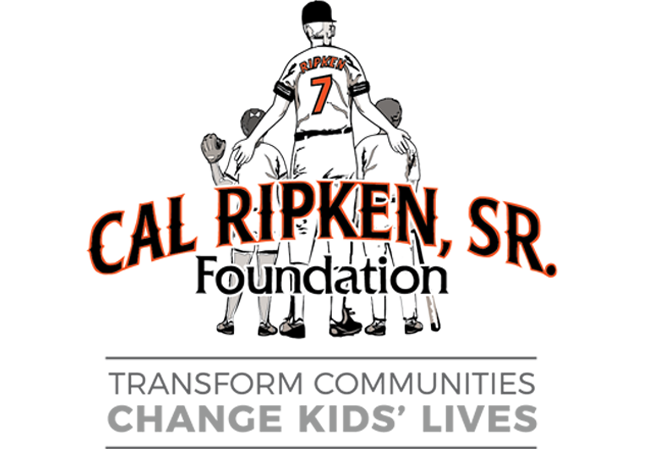Most coaches and mentors agree that communication is a core principle needed both on and off the field. One of the qualities a good leader should have is effective communication. While many people would expect communication to be simply what one says, one important part of communication that is forgotten is what is nonverbally communicated. Nonverbal communication consists of gestures, facial expressions, and body language. The reason that nonverbal communication is so powerful is because you are constantly communicating. Did you know two thirds of communication is nonverbal? Whether you realize it or not, you are communicating a certain message with the way you are sitting, standing, looking, listening–the list goes on!  In baseball, nonverbal communication is used constantly on the field. There are different finger movements to call a pitch, hand signals to tell a batter to bunt, arm motions to tell a runner to go home, celebrations to signal a win–the possibilities are endless! The way you carry yourself also has huge impact on how youth interact with you as a coach and on your relationship with your team. If you are shaking your head, slumping your shoulders, furrowing your brow, or crossing your arms, youth may not want to approach you therefore making you a less than effective leader.  Your message will be more likely to come across if your verbal and nonverbal communication are in sync and not opposing one another.Communication is a skill that can be learned and enhanced. Next time you go out to coach, consider the following:How are you maintaining eye contact?How are you carrying yourself? What does your body language look like?What are you “saying†with your facial expression?Are you talking down to youth or are you talking with youth? (One way to show you are on the same level is to get on the same level literally. For example, if they are sitting, sit next to them instead of standing.)Have you ever actively tried to adjust how you communicate nonverbally in certain situations? Please share your tips and experiences in the comments below!Â

